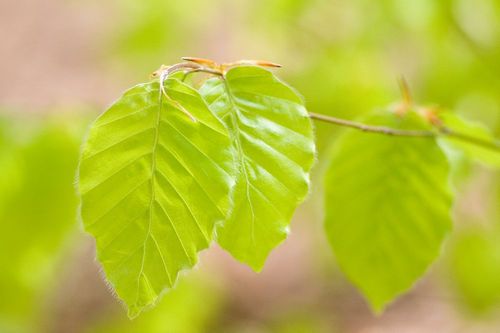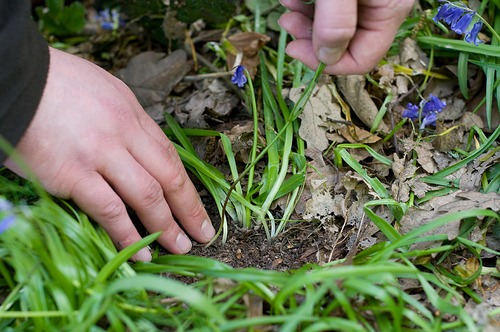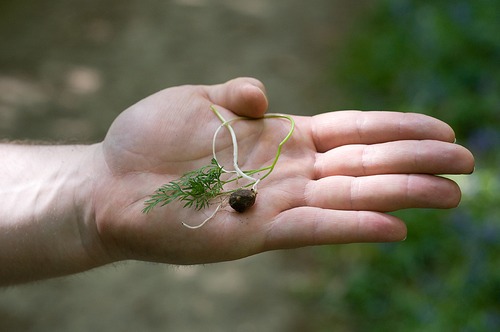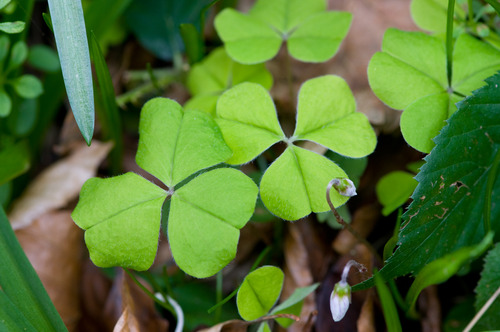
Why write this in March, I hear you ask? Well, it takes a little while for articles to be found by you, so I thought now was a good time.
May is possibly the most joyous month of the year to forage for wild foods, as there’s just so much about, all at the same time, so filling your basket is an easy, effortless task. The best place to start is old woodland, one with a mixture of broadleaf trees, such as oak, beech and hazel trees. Those with large trees that you know are hundreds of years old are best.
From April to May (weather dependant) there are plentiful amounts of young, soft beech leaves (Fagus sylvatica) which make a fantastic wayside snack and also make an excellent base for a springtime salad, providing a somewhat neutral backdrop that will enhance other, more robust foraged leaves, such as those from Hairy Bittercress (Cardamine hirsute) which have a peppery watercress-like flavour, in fact, it’s almost indistinguishable between watercress but the leaves are far more delicate in structure and the seeds pods are really quite nice too. As I sit here writing this, I have several otherwise empty pots of peat in my garden that have been taken over by this little herb, and it’s very welcome too, although I’m sure most people would pluck it from the earth without even knowing how nice it tastes, you’d pay good money for it in a top-end restaurant!

For the new forager, the one wild food that seems to be top of the list to learn about, and find is that of the illusive and delicate Pignut (Conopodium majus) which is probably more common (within ancient woodlands) than many people think, but you really need to get your ‘eye in’ to find it. Against the dappled woodland floor, the pignut almost becomes transparent, a fantastic self-preservation method, and yet once you learn how to find it, you’ll notice them popping up frequently, I’ve even found them in built up areas where woodlands would have existed many hundreds of years ago, it’s an indicator species that shows us where ancient woods are, and where they once stood. The pignut or earthnut as it’s sometimes named has an edible root, that’s very tricky to harvest from the ground. It’s usually very small, but occasionally, if you’re lucky, you’ll stumble upon one with a large golf-ball size tuber. It’s very important not to confuse this subtle little umbelifer with anything that’s potentially lethal, such as young growth of hemlock. There are some very obvious differences, but I have seen people become confused with it, so please take care. Another thing to remember is that the pignut usually grows alongside bluebells, so be careful not to harvest a bluebell root and eat this in error, as these are toxic, and can often be found underneath the pignut nestled closely with its own bulbous tuber.


For those of you who enjoy baking at this time of year, then you’ll not want to miss the appearance of the Sweet Violet (Viola odorata) which produces a heady aroma when the warmth from the May-time sun is shining. These small flowers should only be collected if they’re plentiful, and even then, only in small amounts. The flowers should be crystallised with egg white and castor sugar before being used to decorate cakes.
If you’re lucky, you may also spot some small clover-like leaves growing in patches of dappled light. These pale green leaves are that of the sour-tasting wood sorrel (Oxalis acetosella), a personal favourite of mine, but it should only be eaten in moderations because of its oxalic acid content, the same as what gives rhubarb it’s sour flavour.

There are many more wild foods in May, but these are a few of the more common broad-leaf woodland species to be easily found.
Remember; take a good identification guide with you, or better still, an expert!
Catch you on the trail.
Kris

Les on 11/05/13
well its may and i have been out with my 6 year old lad, and just happened to come acrross a right jem of a wood :) full of really old hazel and birch. today it was a sea of bluebells, ramsons and much to my delight pignuts :)
So glad i read this, otherwise i wold have missed the pignuts :)
Many thanks
Les
Kris on 13/05/13
Pleased to help, Les :)